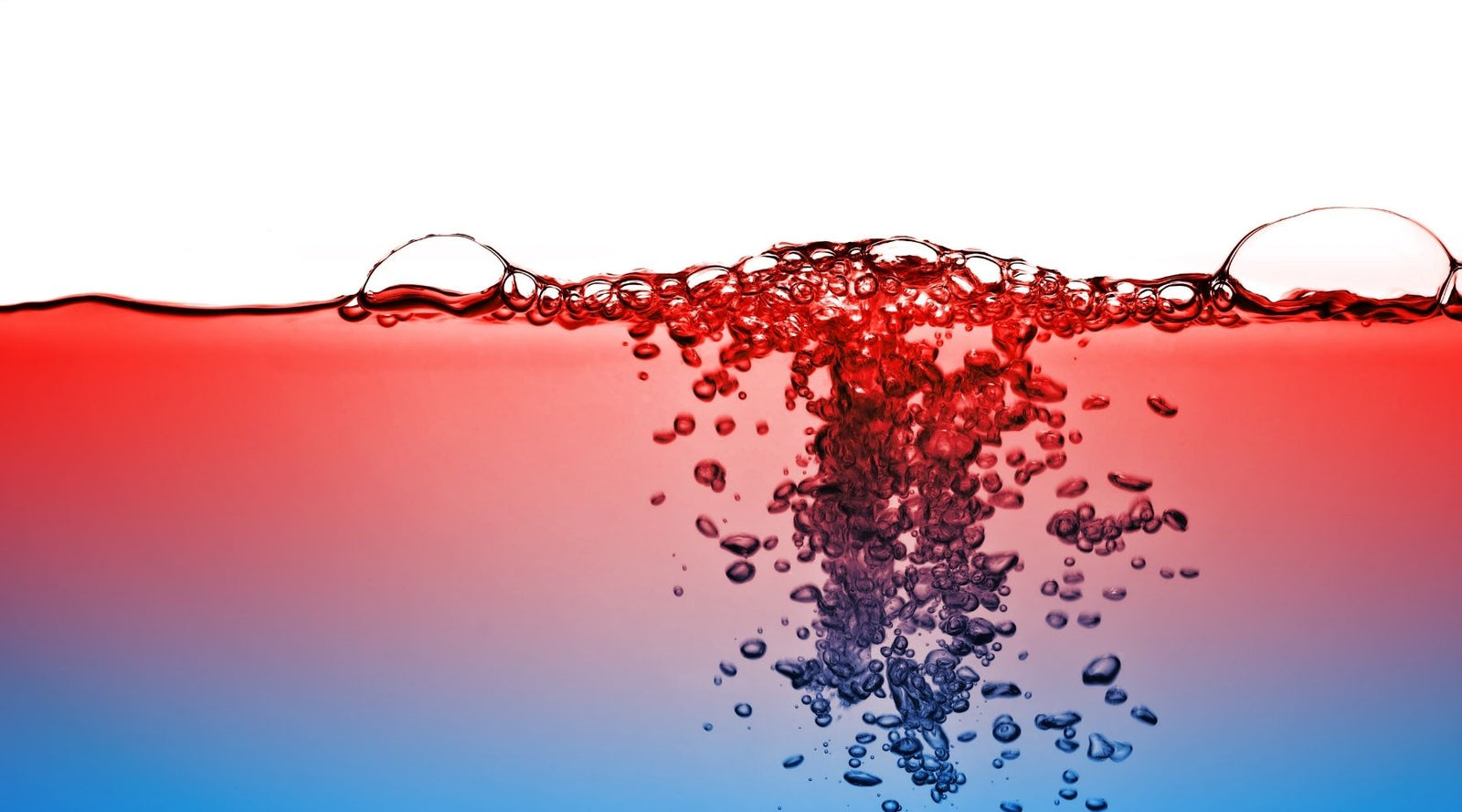Your Cart is Empty
WE"LL BE AWAY STARTING DEC 24 THROUGH THE NEW YEAR. ALL ORDERS PLACED AFTER 12/23 WILL SHIP ON JAN 6. HAPPY HOLIDAYS!
There are many factors that determine the quality of any beer that you make. From ingredients, to process; rituals to equipment - homebrewers will argue the impact of any of the variables except for the two sacred truths: cleanliness and fermentation temperatures. Cleanliness and sanitation are known to be important from the start, but fermentation temperature seems to be cast aside in the name of simplicity for many new brewers. This doesn't mean that everyone should go out and buy the biggest glycol chiller they can but it does mean that temperature control should be top of mind for every brew. Plan for it, do what you can, and make sure we are getting the best possible result with what you are able to do.
Why is fermentation temperature so important?
Yeast are not a lot different than you and I in some ways. The two most fundamental needs we share are the need for food and comfortable living environment. We have to think of your fermenting beer as both. We've given them the sugars in the wort to eat, now we need to give them a comfy environment where they can produce the best possible product. If yeasts are too hot, they will produce undesirable flavors and alcohols that are harsh and contribute to the severity of hangovers. Too cold, and you'll see longer fermentation times, stalled fermentations, under-attenuation, and off-flavors. Think of yeast like Goldilocks - they like things not too hot, not too cold - just right.
What temperatures do yeast want?
Different yeasts prefer different temperature ranges. Most common ale yeasts prefer temperatures from 62F (17C) to around 72F (22C) as a general rule. Lager yeasts want colder temperatures - from 48F (9C) to 55F (13C). The new darling of the yeast world are the kveik yeasts - strains isolated from traditional farm cultures in Norway - that will ferment cleanly at temperatures from 77F (25C) up to 100F (38C)! This makes them perfect for Florida home brewers who may not have temperature control equipment they need for other types of yeast. Yeast labs and scientists are busy identifying new strains that are even more flexible and producing good beers over a range of non-traditional fermentation temperatures.
How do I control fermentation temperatures?
I've got good news. You have options thanks to industrious and creative homebrewers and a responsive homebrewing market. Start by applying the "Big Three Homebrewing Decision Factors" - budget, space, and time. We'll start with the easiest, cheapest, and quickest ways and finish with the more expensive and sophisticated options.
Home brewers are far too ingenious to be limited to this list, but most of the home brewers I've known or helped use one of these methods with success. There are MANY great DIY builds out there on forums and groups. Certainly if that is your thing, have at it, and please share your methods in the comments. There are other commercial solutions involving solid state cooling that are intriguing but they're relatively new. No matter how you get there, the important thing is to get the temperature "just right" to make your yeast happy and get the best beer they can make for you.
Comments will be approved before showing up.
